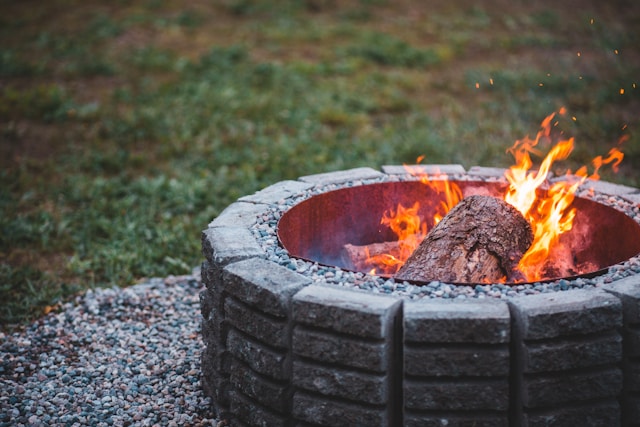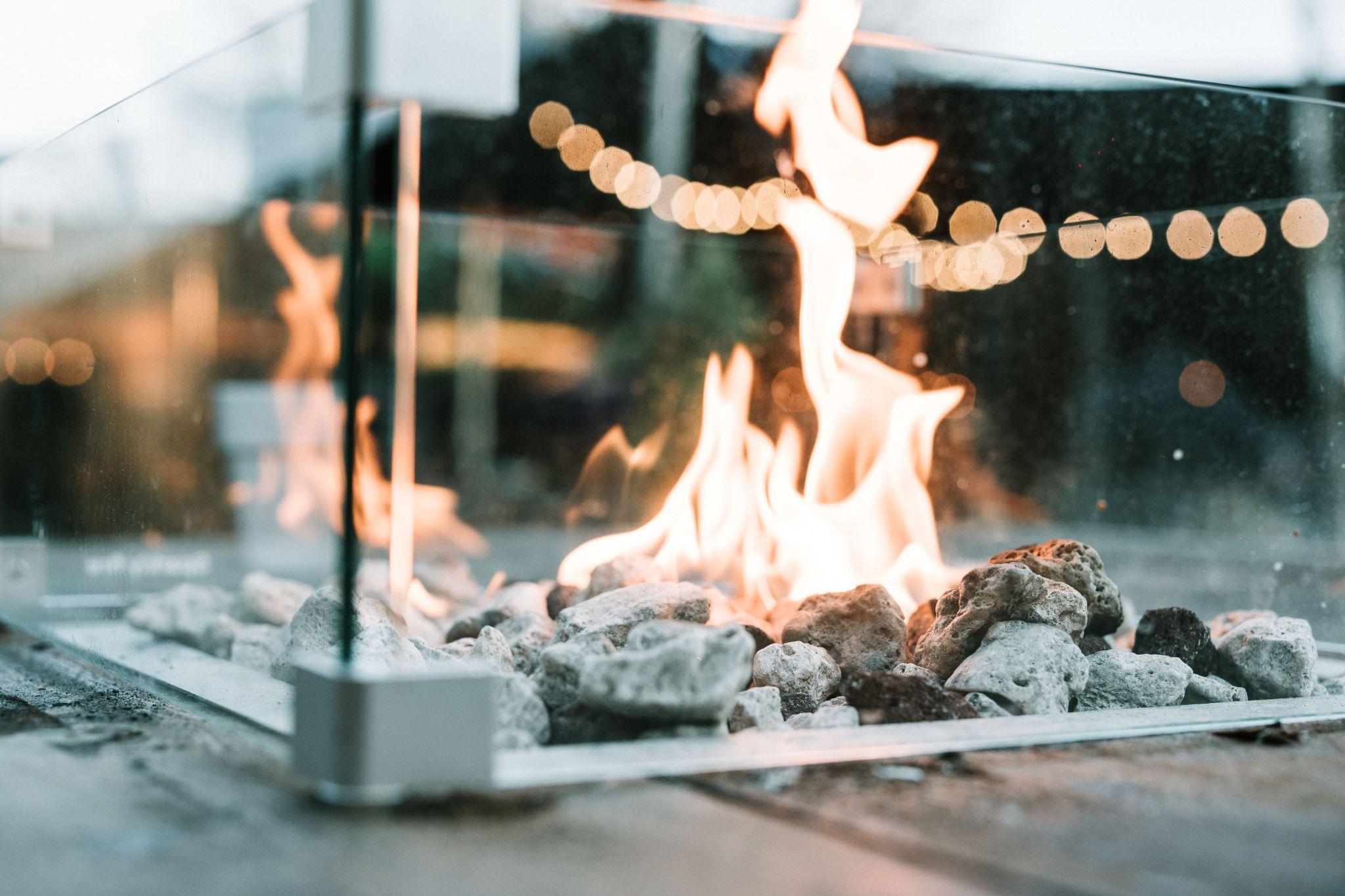The allure of fire has captivated humanity since ancient times, and incorporating fire features into modern outdoor living spaces continues this timeless tradition. Today’s homeowners increasingly recognize the transformative power of well-designed fire elements in creating memorable outdoor experiences that extend usable seasons and foster meaningful connections with family and friends.
The Psychology and Appeal of Outdoor Fire Features
Fire features serve as natural gathering points that encourage conversation and relaxation in ways that few other landscape elements can match. The mesmerizing dance of flames creates a focal point that draws people together while providing both physical warmth and psychological comfort. This primal attraction to fire makes outdoor fire features among the most popular additions to contemporary landscape designs.
Beyond their social benefits, fire features extend outdoor living seasons significantly. Even in cooler climates, well-designed fire installations allow families to enjoy their outdoor spaces throughout autumn and winter months, maximizing the return on landscape investments while creating year-round entertainment opportunities.
Understanding Different Fire Feature Types
The world of outdoor fire features encompasses numerous design options, each offering unique advantages for specific applications and aesthetic preferences. Traditional fire pits create intimate gathering spaces perfect for smaller groups, while larger fire bowls accommodate more extensive entertaining needs.
Linear fire features provide contemporary design elements that work exceptionally well in modern landscape settings. These installations can span considerable distances, creating dramatic visual statements while providing warmth across larger seating areas. Elevated fire features, including fire tables and raised platforms, offer convenient surfaces for food and beverages while maintaining the ambiance and warmth that make outdoor gatherings memorable.
Custom-built fire features allow for complete personalization, incorporating specific materials, shapes, and sizes that perfectly complement existing landscape designs and architectural styles.
Safety Considerations and Best Practices
Safety must remain the primary consideration when planning any outdoor fire feature installation. Proper clearances from structures, vegetation, and combustible materials ensure safe operation while complying with local building codes and insurance requirements.
Adequate ventilation prevents dangerous gas buildup, while proper drainage protects both the fire feature and surrounding areas from water damage. Wind patterns should be carefully evaluated to ensure smoke dispersal doesn’t create problems for neighbors or interfere with outdoor enjoyment.
Quality construction materials and professional installation provide essential safety foundations that protect both property and people throughout the fire feature’s operational life.

Fuel Options and Their Characteristics
Modern fire features accommodate various fuel types, each offering distinct advantages for different situations and preferences. Natural gas provides convenient, consistent flames with precise control options and minimal maintenance requirements. Propane offers similar benefits with greater installation flexibility since it doesn’t require permanent gas line connections.
Wood-burning features provide authentic crackling sounds and aromatic experiences that many people associate with traditional campfire memories. However, wood requires ongoing fuel procurement and produces ash that necessitates regular cleaning.
Alcohol-based fuels offer clean-burning alternatives that produce minimal emissions while providing attractive flame patterns. These fuels work particularly well for decorative fire features where ambiance takes precedence over heat production.
Design Integration and Aesthetic Considerations
Successful fire feature integration requires careful consideration of how these elements will interact with existing landscape designs and architectural styles. Contemporary homes often benefit from sleek, linear fire features with clean geometric lines, while traditional properties may call for more rustic approaches using natural materials and organic shapes.
Color coordination ensures fire features complement rather than compete with surrounding elements. Materials should harmonize with existing hardscape components, including patios, retaining walls, and walkways, creating cohesive design themes throughout outdoor spaces.
Scale and proportion play crucial roles in determining how fire features relate to their surroundings. Oversized installations can overwhelm smaller spaces, while undersized features may fail to provide adequate visual impact or functional benefits in larger areas.
Specialized Materials and Components
The success of outdoor fire installations depends heavily on selecting appropriate materials that can withstand extreme temperature variations while maintaining structural integrity and aesthetic appeal over time. Heat-resistant materials form the foundation of durable fire features, ensuring safe operation while preventing premature deterioration.
Fire stones for outdoor spaces represent essential components that enhance both the functionality and visual appeal of fire installations. These specialized materials withstand intense heat while providing attractive surfaces that complement various design styles and fuel types.
Proper material selection extends beyond basic heat resistance to include factors such as thermal expansion characteristics, moisture absorption rates, and color stability under prolonged heat exposure.

Installation Planning and Professional Considerations
Complex fire feature installations typically benefit from professional design and construction services that ensure compliance with local codes while optimizing both safety and performance. Professional installers possess specialized knowledge about proper clearances, ventilation requirements, and structural considerations that may not be apparent to homeowners attempting self-installation.
Utility location services become essential before beginning any excavation work, preventing dangerous encounters with underground gas, electric, or water lines. Permit requirements vary by location and installation complexity, making professional guidance valuable for navigating regulatory requirements.
Maintenance and Long-Term Care
Regular maintenance ensures fire features continue operating safely and attractively throughout their service lives. Cleaning schedules should address both functional components and aesthetic elements, removing debris that could interfere with proper operation while maintaining the visual appeal that makes these features centerpieces of outdoor entertainment areas.
Seasonal preparation protects fire features from weather-related damage during periods of non-use. Proper covering and drainage prevent water accumulation that could cause freeze-damage in colder climates.
Enhancing the Complete Outdoor Experience
Fire features work best when integrated into comprehensive outdoor living designs that include comfortable seating, adequate lighting, and convenient access to refreshments. Creating defined zones around fire features helps organize outdoor spaces while ensuring safe distances from flames.
Landscaping around fire features requires careful plant selection to ensure safety while enhancing the overall aesthetic appeal. Heat-tolerant species thrive in proximity to fire installations while providing attractive backdrops that frame and complement the flames.
By carefully planning and implementing outdoor fire features, homeowners create lasting improvements that enhance property values while providing countless opportunities for memorable outdoor experiences with family and friends throughout extended seasons of outdoor enjoyment.



